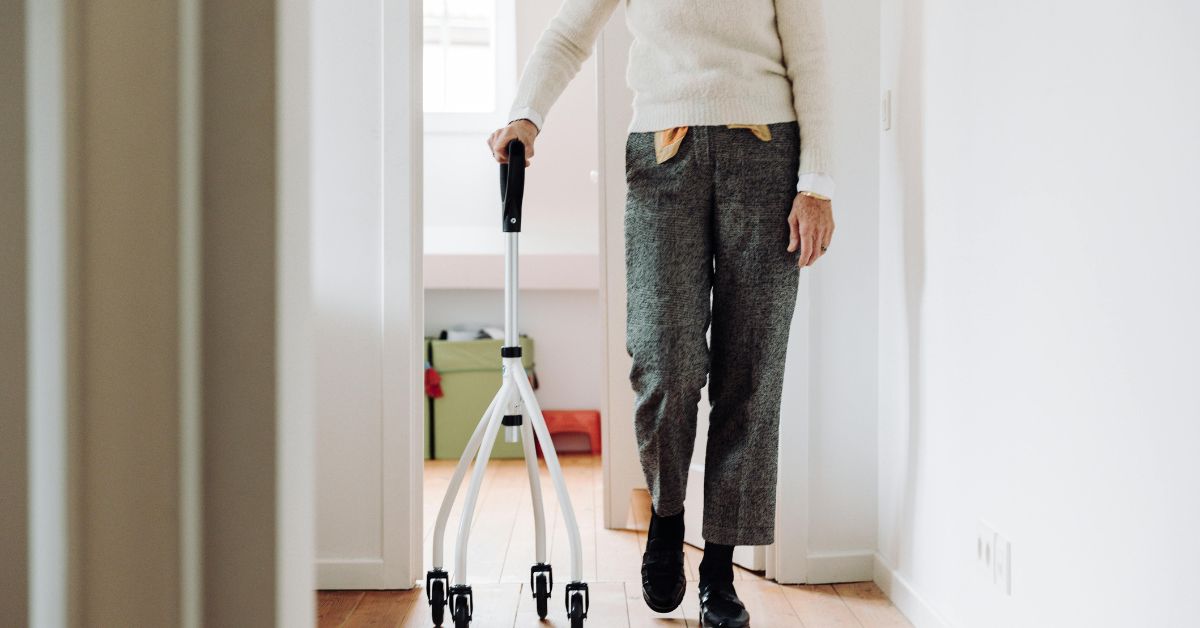Currently Empty: £0.00
Rediscovering Independence at Home: 10 Practical Ways to Support Daily Living

Living well in your own home is about more than simply managing tasks—it’s about maintaining control, comfort, and confidence. Whether you’re adapting for yourself or supporting a loved one, small changes can make a big difference. Here are 10 practical ways to support independence, reduce strain, and live more fully at home.
1. Prioritise Ergonomic Reach & Grip
Many everyday tools—cutlery, jar openers, hand-rails—are designed with standard hand strength in mind. But for those with weaker grip or mobility restrictions, slip-resistant handles, larger buttons, or tilt mechanisms can reduce frustration and enable more independent use of kitchen utensils, garden tools or door handles.
2. Optimise Safe Transfer & Movement
Moving from one surface to another—standing from a chair, transferring into a bath, or stepping up a small threshold—can be tricky. Using aids like grab bars, perching stools, or low-friction transfer boards helps maintain autonomy and reduces risk of falls or injury.
3. Adapt the Bathroom for Comfort & Safety
The bathroom is often a high-risk area for slips and loss of confidence. Shower stools, raised toilet seats, bath boards, and support rails help a person maintain hygiene routines with dignity while reducing the need for continuous assistance.
4. Choose Mobility Aids That Encourage Activity
Rather than seeing walkers or rollators as “last-resort” equipment, selecting models that encourage walking—lockable wheels, adjustable height, comfortable hand grips—can help maintain mobility and independence, not just replacement of function.
5. Use Seating & Support That Promote Posture
Proper seating helps reduce fatigue, supports better circulation and enables comfortable engagement in daily activities. Cushions, positioning aids, lightweight supportive chairs—all contribute to staying active and engaged rather than isolated.
6. Simplify Everyday Tasks with Adapted Kitchen & Dining Tools
From angled cutlery to non-slip plates, small adaptations in the kitchen and dining area support independence in eating and drinking. Cooking and preparing meals may still be possible with ergonomic aids, preserving a vital sense of autonomy.
7. Integrate Smart Lighting and Visual Aids
Poor lighting or small print can make tasks unnecessarily difficult. Motion-sensor lights, magnifiers, colour-contrasted switches and large print items remove invisible barriers—helping independence in reading, navigating and everyday living.
8. Maintain Healthy Routines with Accessible Fitness & Movement
Remaining active is key to long-term independence. Simple seated exercises, walking routes at home, or gentle strength work with adaptive equipment promote mobility. Equipment like reachers or long-handled brushes may also support self-care and small tasks.
9. Organise for Accessibility & Routine
Keeping commonly used items at reachable height, reducing clutter, and using practical storage fosters independent living. When items are labelled, easy to fetch and arranged ergonomically, a person is less reliant on constant assistance.
10. Make the Environment Adapt to You—not ‘You’ to It
Living independently is easier when the home is adapted around your needs. From stair-free access, slip-resistant flooring and home-friendly lifts to tailored equipment and assistive furniture, a thoughtful environment makes independence possible, not just convenient.
Looking for the Right Equipment to Support Daily Living?
At Live Well Now we specialise in quality daily living aids—from kitchen tools and mobility supports to bathroom safety and home adaptations. Visit our site for expert-selected products and friendly advice.

